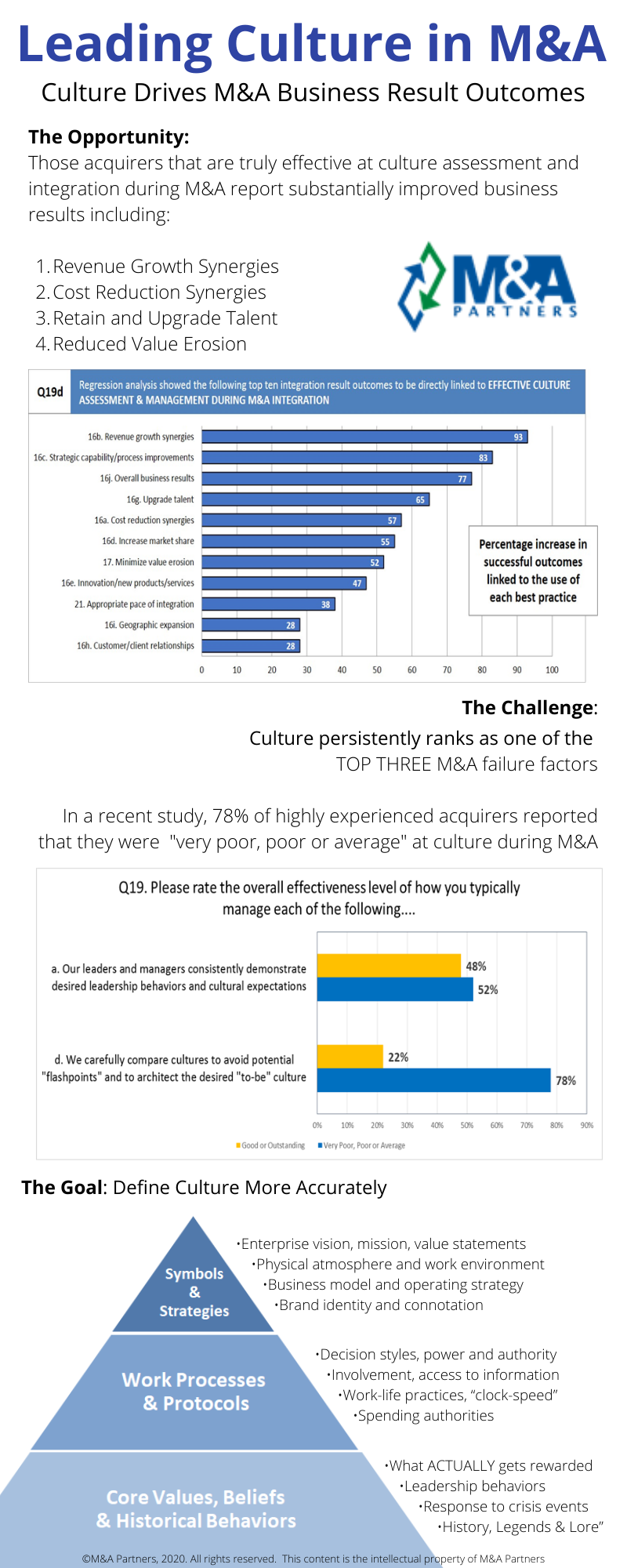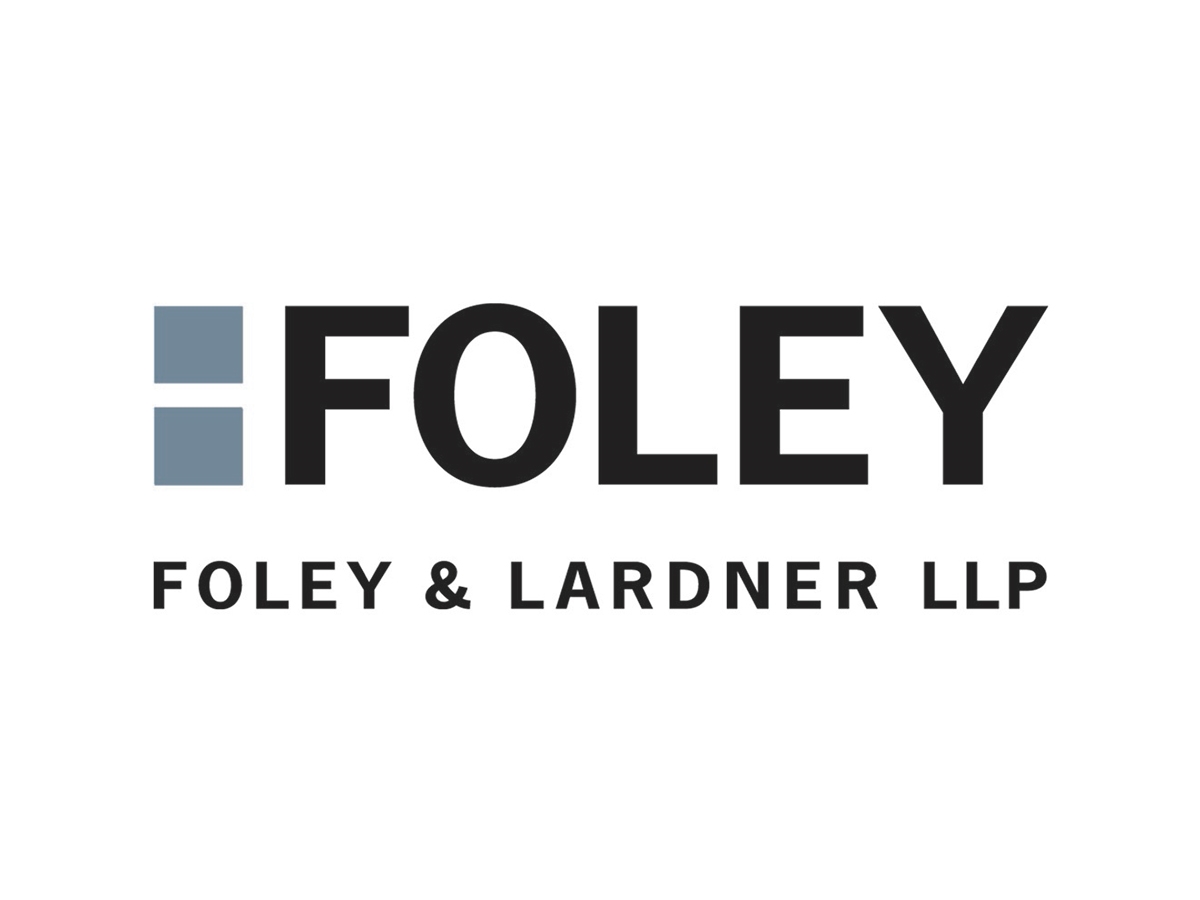USPTO Issues New Guidance for Inventions Assisted by Artificial Intelligence: Human Contribution Is Key | Jones Day
In Short
The Background: In response to the Biden administration’s “Executive Order on the Safe, Secure, and Trustworthy Development and Use of Artificial Intelligence” on October 30, 2023, the U.S. Patent and Trademark Office (“USPTO”) recently issued inventorship guidance for inventions where a human inventor was assisted by artificial intelligence (“AI”). The guidelines were published in the Federal Register on February 13, 2024.
The Result: The USPTO’s new inventorship guidelines note that AI-assisted inventions are “not categorically unpatentable” but emphasize that the inventorship analysis must center on whether a “significant contribution” to the claimed invention has been made by the named human inventor(s). Patents “function to incentivize and reward human ingenuity,” and thus patent protection may be obtained for AI-assisted inventions for which a human being provided a significant contribution to the invention.
Looking Ahead: These guidelines offer clarification for inventors utilizing AI technologies as part of the inventive process and to USPTO employees when evaluating the patentability of such inventions. The result of the new guidelines may increase the number of applications for AI-assisted inventions in the short term. However, as AI technologies continue to evolve, the lines between human and artificial contribution may become more difficult to delineate.
While it is well-established under U.S. law that a patent inventor must be a human being, there has been substantial uncertainty as to the patentability of inventions made with the assistance of AI. A recently issued notice in the Federal Register aims to provide some guidance on the determination of inventorship for AI-assisted inventions. This guidance applies to all applications, and to all patents resulting from applications, filed before, on, or after February 13, 2024.
The USPTO has been grappling with the effects of AI technologies for a number of years. In August 2019, the USPTO issued its first request for public comments on the patenting of AI-assisted inventions. Numerous reports, meetings, and further requests for comments followed. A decision by the Federal Circuit in 2022 held that an AI system cannot be named as an inventor or joint inventor under the Patent Act, but it did not shed light on the question of AI-assisted inventorship.
In October 2023, the Biden administration issued an “Executive Order on the Safe, Secure, and Trustworthy Development and Use of Artificial Intelligence,” which, in part, instructed the USPTO to offer guidelines for the patentability of inventions created with the assistance of AI. In response, the USPTO issued new guidelines that evaluate inventorship on the basis of whether each natural person significantly contributes to the invention and is thus eligible to be a named inventor. This same standard has long been used in the context of joint inventors.
The Patent Act requires the naming of all inventors who contributed to at least one claim of a patent. In the cases where a single individual did not conceive of the entire invention, courts have determined a person can appropriately be named as a joint inventor when he or she makes a “significant contribution” to the invention. Courts have traditionally looked to several factors to determine the significance of a contribution, including: (i) a contribution toward conception—the mental aspect—of the invention; (ii) the significance of the contribution relative to the dimension of the full invention; and (iii) the ingenuity of the contribution beyond merely explaining well-known concepts or the current state of the art.
In the context of AI-assisted inventions, the new guidelines specify that a person who creates an invention with the assistance of AI must likewise contribute significantly as specified by the above factors. The guidelines further clarify that this significant contribution analysis is to be done on a claim-by-claim basis, meaning a human inventor is required to significantly contribute to each claim for the patent to be eligible for protection.
The notice provides a list of guiding principles to aid in applying the above factors in the context of AI-assisted inventions. To begin, the USPTO reiterates that a person’s use of AI in creating the invention does not in itself render the invention unpatentable. However, merely recognizing a challenge or having a general goal does not rise to the level of significant contribution. A person who simply presents a problem for an AI system to solve would not be a proper inventor of the output of the system, although the USPTO recognizes that a “significant contribution could be shown by the way a person constructs the prompt in view of a specific problem to elicit a particular solution from the AI system.”
Additionally, reducing an invention to practice is not a significant contribution to the invention. Thus, a person who recognizes and appreciates the output of an AI system, or even physically builds that output, would not necessarily be considered an inventor.
The USPTO further evaluates the significance of a contribution in the context of the “intellectual domination” over the AI system. The notice draws a contrast between a natural person who “designs, builds, or trains an AI system in view of a specific problem to elicit a particular solution” (and may thus qualify as making a significant contribution), with a person who simply owns or oversees the use of an AI system.
While the guidance cannot possibly resolve all issues that are likely to arise in the context of AI-assisted inventions, it reinforces the human-centric nature of inventorship under U.S. law. Indeed, recognizing that the patent system is designed to promote “human ingenuity,” the USPTO explains that “[f]ocusing the patentability of AI-assisted inventions on the human contributions supports this policy objective by incentivizing human-centered activities and contributions, and by providing patent protections to inventions with significant human contributions while prohibiting patents on those that are not invented by natural persons.”
The USPTO is seeking public comments on its inventorship guidance and invites written comments until May 13, 2024. The USPTO also provided examples to provide additional assistance on how to apply its guidance to a variety of specific situations. The request for public comment on the guidance extends to these examples as well. Finally, the USPTO recognizes that guidance on AI-assisted inventions is an “iterative process” and will need to take into account further technological and/or legal developments.
As this space continues to evolve, individuals and organizations seeking to protect AI-assisted inventions should continue to monitor USPTO guidance on this topic and other issues arising at the intersection of AI and IP.
Three Key Takeaways
- Newly issued USPTO guidelines require a “significant contribution” from a natural person for an AI-assisted invention to be eligible for patent protection.
- The significance of the contribution is measured by the same factors the USPTO uses to evaluate whether joint inventors have been properly named.
- The current deadline for written comments to the USPTO’s AI-assisted inventorship is May 13, 2024.






